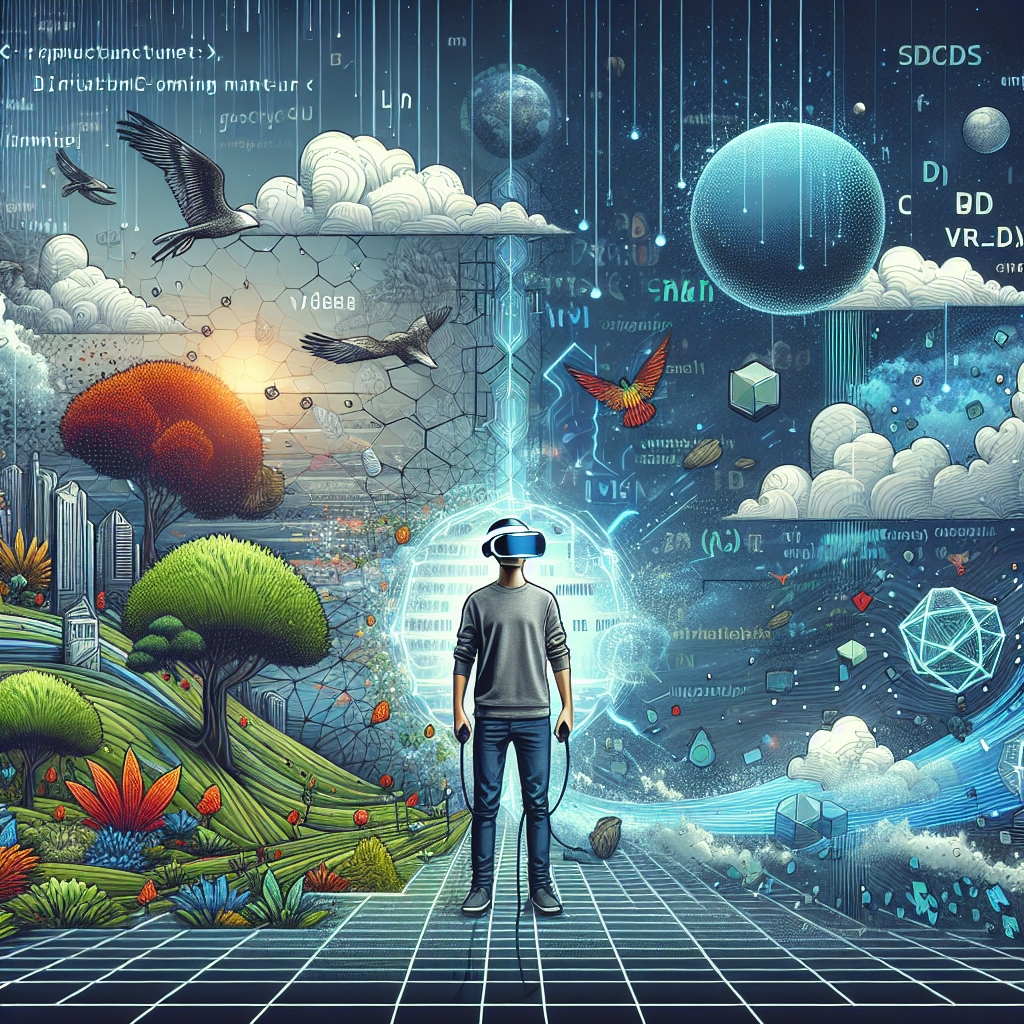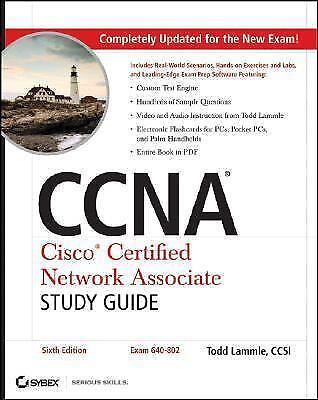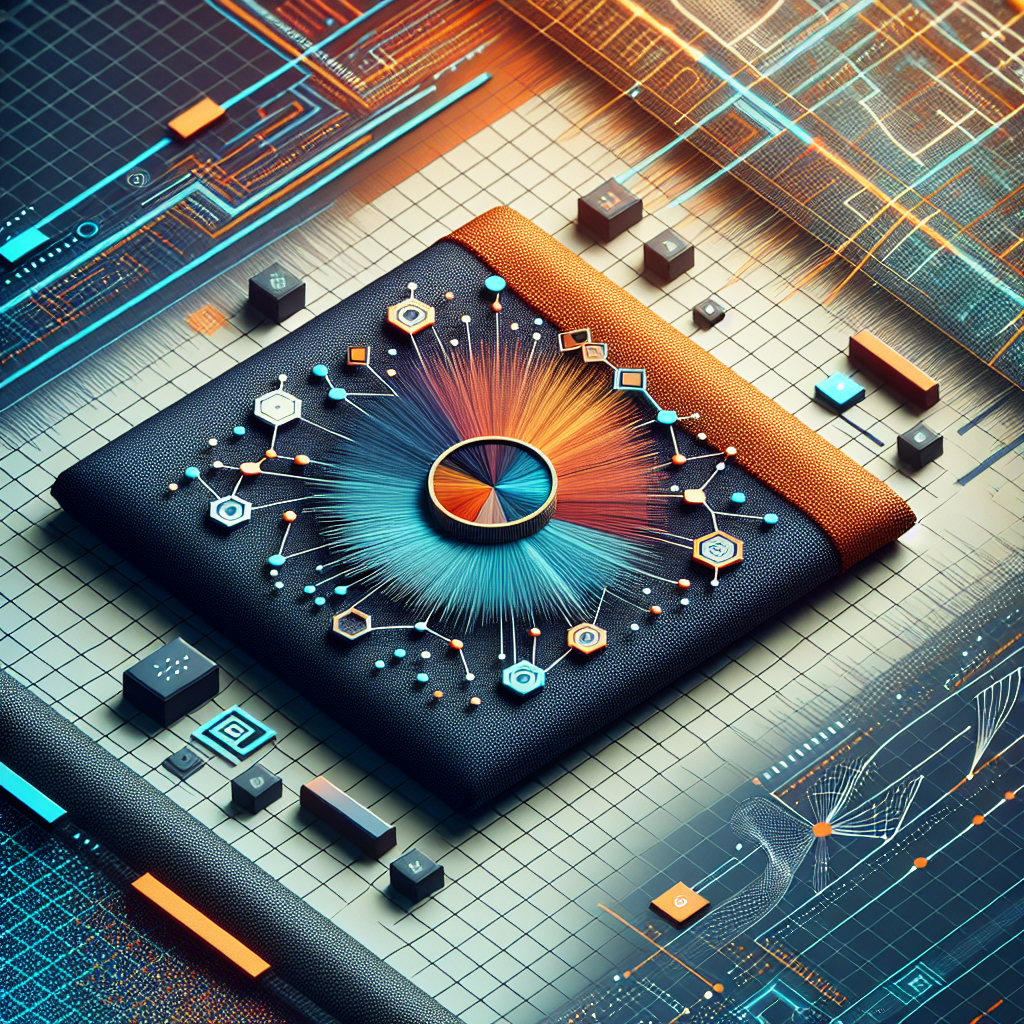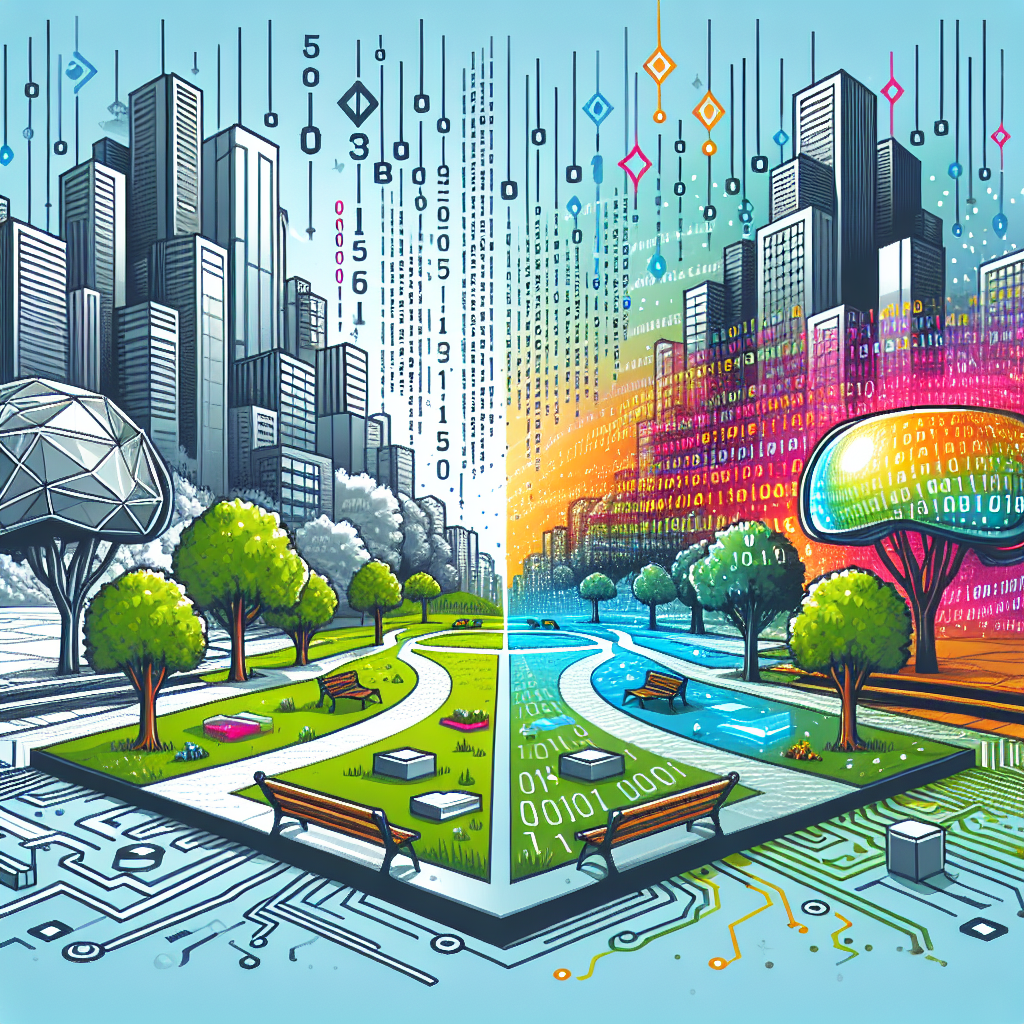In today’s digital age, virtual reality (VR) has become a powerful tool for bridging the gap in social interaction. With the rise of social media and online communication, many people have become accustomed to connecting with others through screens rather than face-to-face. However, VR offers a unique opportunity to bring people together in a more immersive and engaging way.
One of the key benefits of VR in social interaction is the ability to create a sense of presence and proximity, even when physically apart. By using VR headsets, users can feel like they are in the same room as their friends or family members, no matter where they are in the world. This can help to strengthen relationships and foster a sense of connection that may be lacking in traditional online communication.
Additionally, VR can provide a more interactive and engaging platform for social activities. From virtual meetups and parties to multiplayer games and collaborative projects, VR allows users to engage with others in a more dynamic and immersive way. This can help to break down barriers and foster a sense of community among users, even if they are from different backgrounds or locations.
Furthermore, VR can also be a valuable tool for promoting empathy and understanding. By immersing users in different environments and perspectives, VR can help to foster a greater sense of empathy and awareness of others’ experiences. This can be particularly valuable in promoting diversity and inclusion, as users can gain a better understanding of different cultures and perspectives through immersive VR experiences.
However, it is important to note that VR is not without its challenges when it comes to social interaction. Issues such as privacy and security, as well as concerns about addiction and isolation, are important considerations when using VR for social purposes. It is crucial for users to be mindful of these challenges and to approach VR technology with a sense of responsibility and awareness.
Overall, virtual reality has the potential to revolutionize social interaction in a digital world. By providing a more immersive and engaging platform for connecting with others, VR can help to bridge the gap between physical and digital communication, fostering deeper connections and understanding among users. As VR technology continues to evolve, it will be exciting to see how it can further enhance social interaction and bring people together in new and innovative ways.











